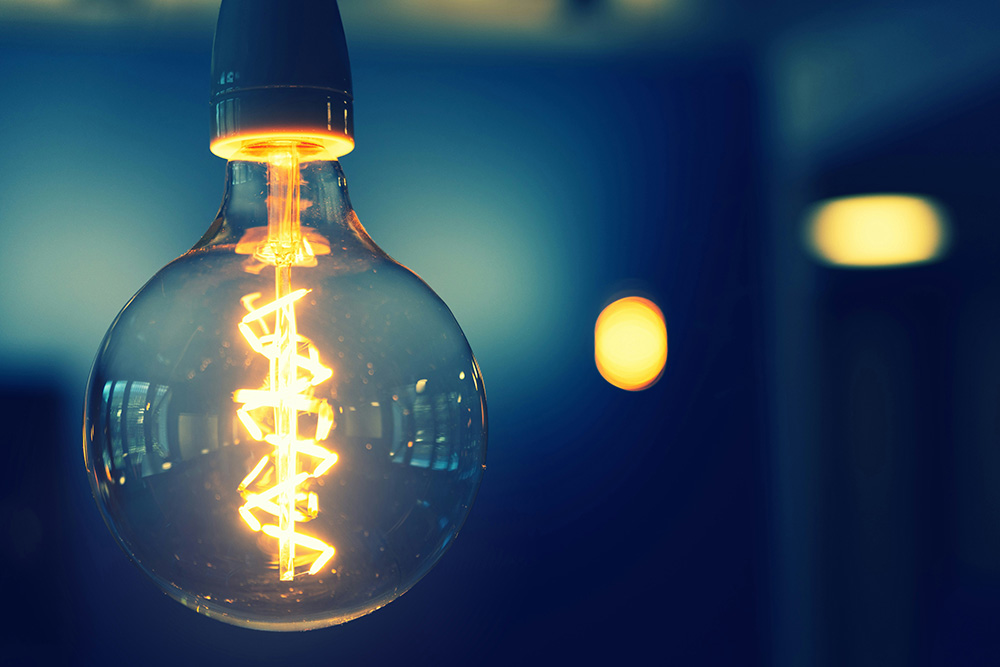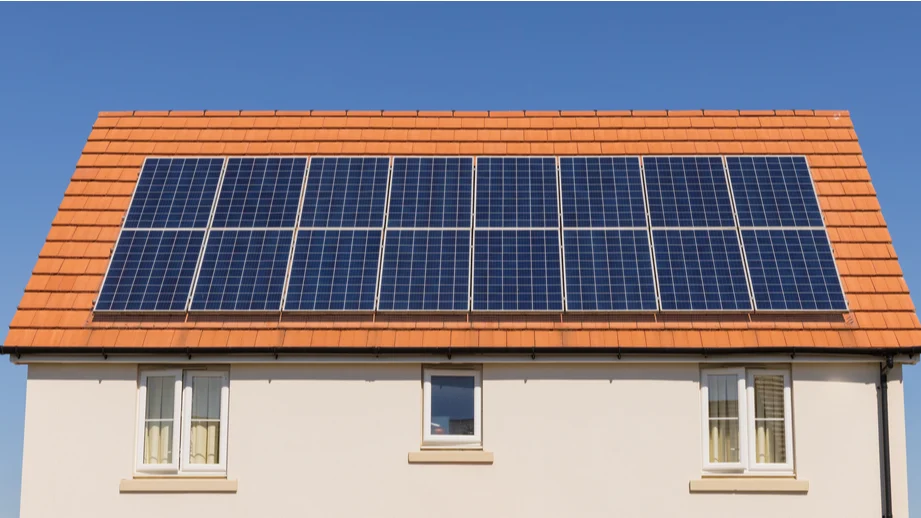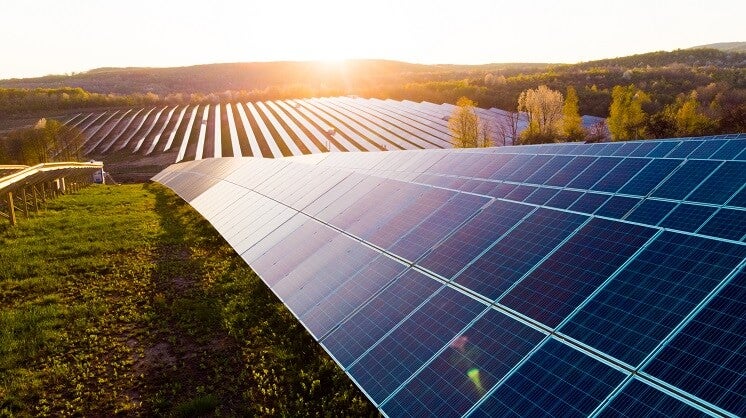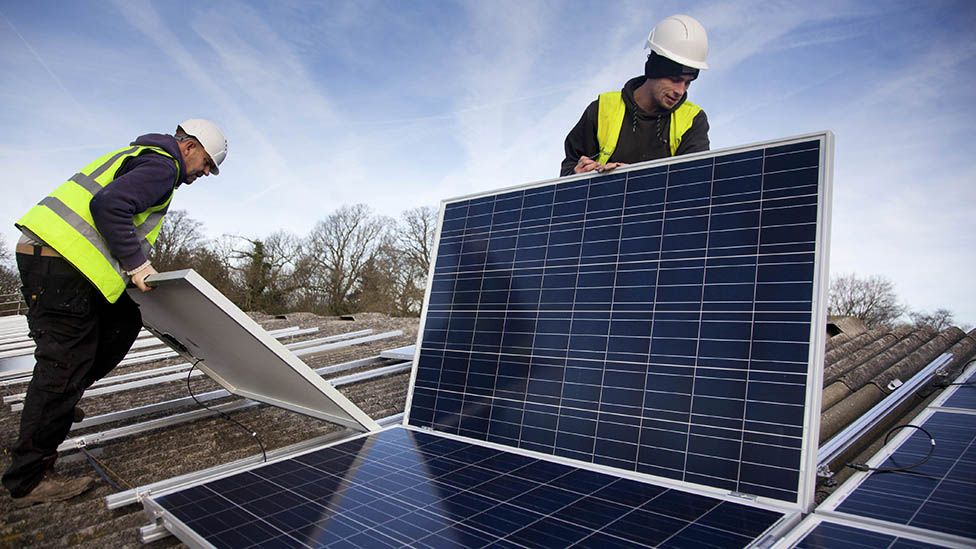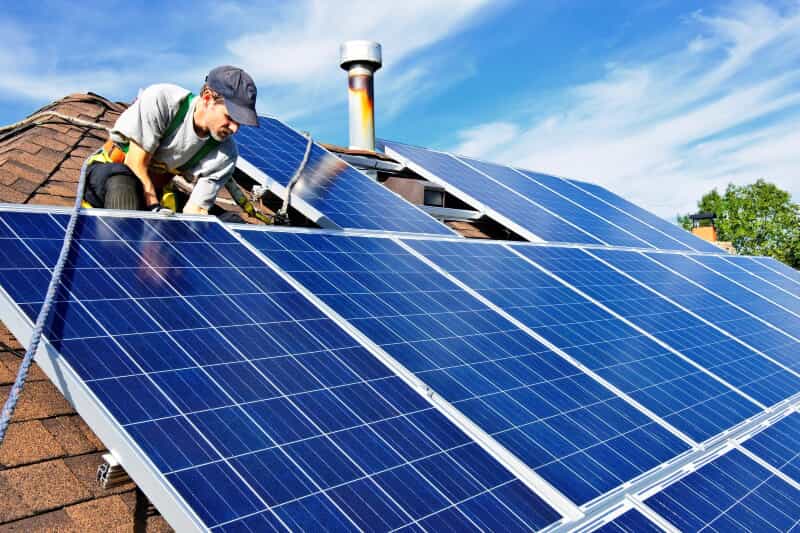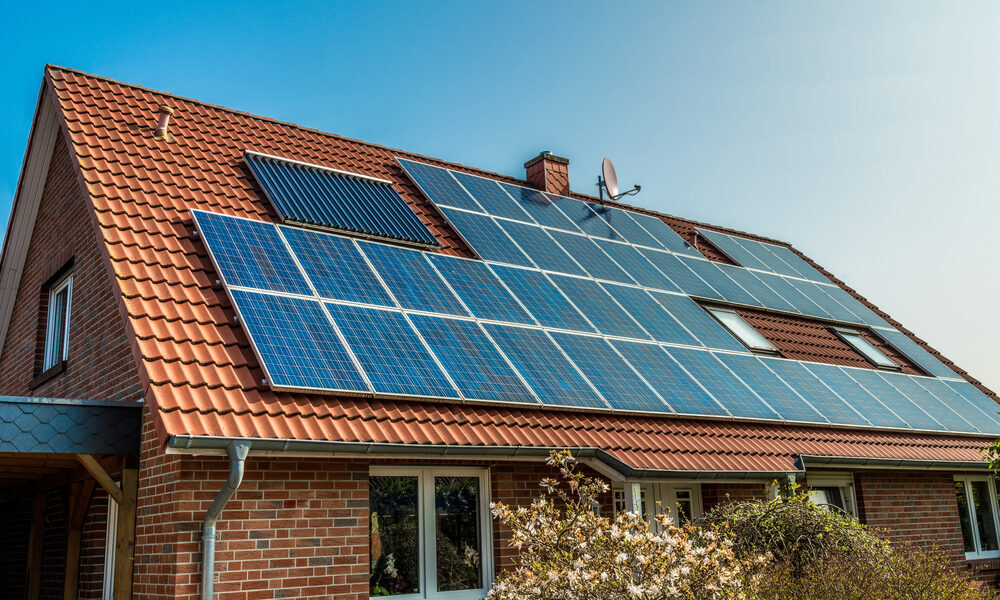Energy costs remain high, and the Ofgem Energy Price Cap will increase marginally in October 2025. This means that households on standard tariffs or variable packages are expected to pay more for gas and electricity. Reducing utilisation and boosting efficiency are two of the few levers we may use to reduce our costs.
Top strategies for reducing energy costs
Here are some actionable activities you can do right now, organised by fast wins versus long-term benefits.
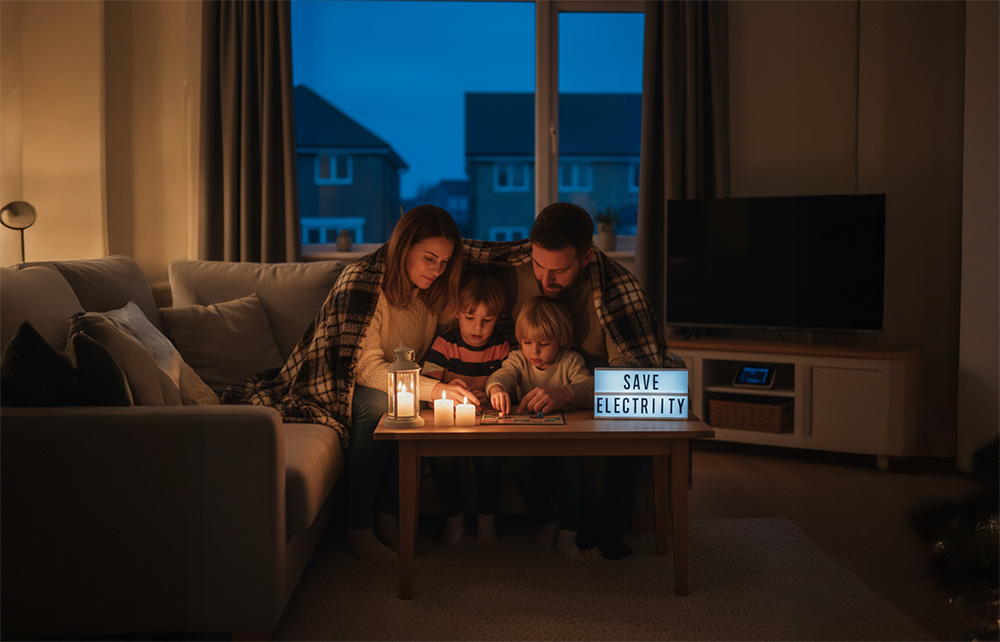
Quick, low, or no-cost modifications
1. Turn down the thermostat by 1°C.
Many boilers are run hotter than necessary. Lowering the flow temperature (the temperature of water leaving your boiler) to 55-60°C can still be comfortable while saving energy and money.
2. Turn off appliances completely, not merely set them on standby.
When in standby mode, televisions, routers, game consoles, chargers, and other devices use a modest but consistent amount of electricity. Switching them off at the plug might save tens of pounds per year.
3. Use less hot water and shorten showers.
Hot water heating is a major energy consumer. Reducing shower time, installing more efficient shower heads, or switching from a bath to a shower can all help you save money on electricity (and water).
4. Use appliances more efficiently.
- Wash clothes at a lower temperature.
- Only operate the dishwasher or washing machine when it is fully loaded.
- Instead of using a tumble dryer, air-dry your garments.
- Keep heaters and radiators unblocked so that heat can circulate correctly.
5. Switch to LEDs, turn off lights, and allow sunshine in.
Replacing old bulbs with energy-efficient LEDs offers a low initial cost but significantly reduces lighting expenditures. It also helps to close curtains at night and open them during the day, as well as turn off lights when rooms are unoccupied.
6. Draught-proof windows, doors, and seal gaps.
Preventing heat loss is one of the simplest methods to stay warm while using less energy. Draught excluders and sealing gaps around windows and doors are all beneficial.
7. Insulate your hot-water system.
Hot water tanks (assuming you have one) can release a lot of heat into the environment. A “jacket” or insulating wrap lowers this loss. Insulating lofts or cavities can also help if your home has leaky walls or an uninsulated roof area.
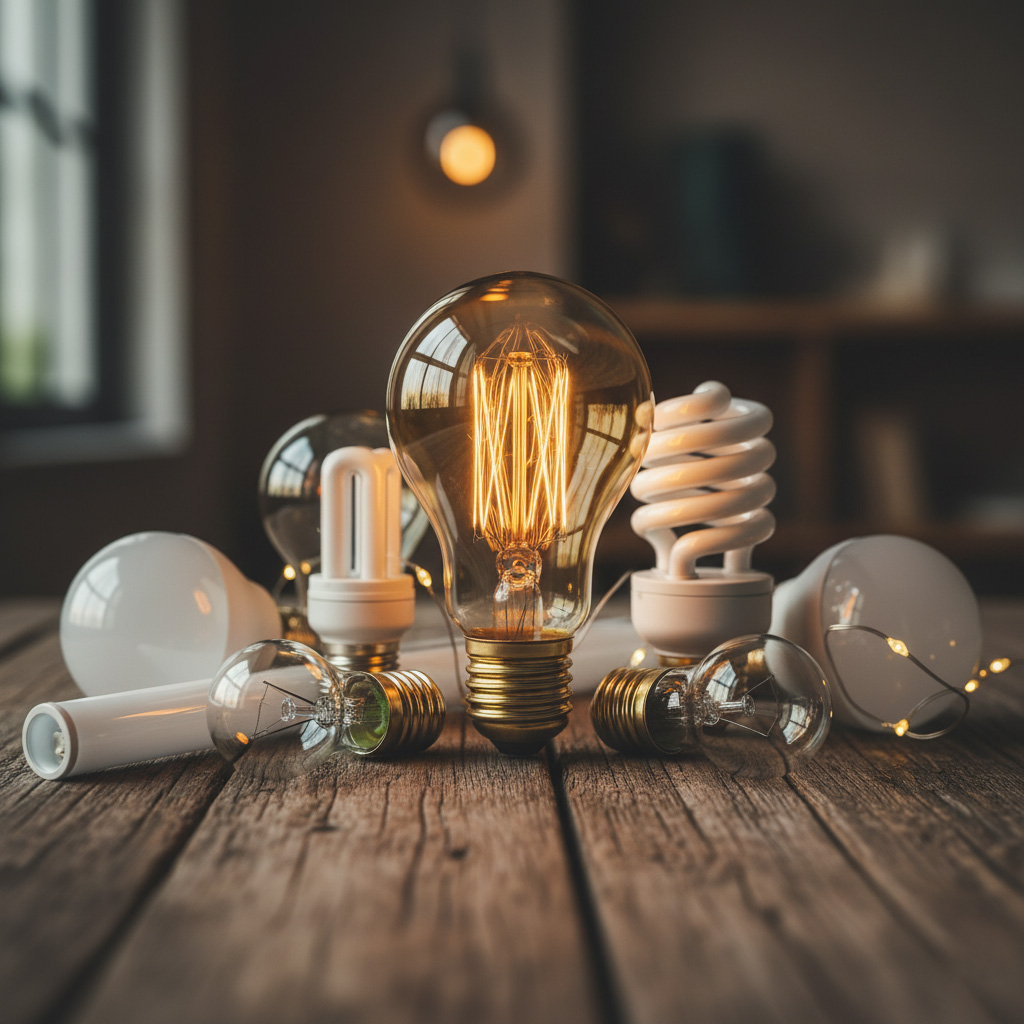
Larger-scale or long-term improvements.
8. Upgrade heating controls and add a smart thermostat.
Being able to precisely schedule heating, lower temperatures when you’re away or asleep, or heat only the rooms you use will help you avoid wasting heat. Smart thermostats also provide more accurate monitoring of usage.
9. Check if you are eligible for grants and energy efficiency schemes.
The UK government offers many schemes to aid with the costs of insulation, updating inefficient boilers, and installing better windows. For example, the Great British Insulation Scheme (ECO+) attempts to assist families in improving their insulation.
10. Switch energy suppliers or tariffs.
Many homes remain on higher-cost variable or default tariffs. Using comparison websites or switching to time-of-use or off-peak rates (if you have a smart meter) can help you save money on your energy costs.
11. Replace obsolete appliances as needed.
If a boiler, refrigerator, washing machine, or other big appliance is old and inefficient, replacing it with a new, energy-rated version (A or the current best label) may be expensive at first, but it will frequently pay for itself in lower operating expenses over time.

What to watch out for, and balance
- Often, there is a cost-versus-savings trade-off. Insulation, new heating systems, and windows can be costly up front, but many of these projects are eligible for grants or subsidies.
- Behavioural improvements (turning down the heat, being careful of which appliances are used) are instantaneous but sometimes difficult to sustain.
- Safety: When lowering boiler or water heater temperatures, keep hot water at safe levels to avoid risks such as Legionella.
Estimate how much you might save
- According to the Energy Saving Trust, performing the top ten quick actions (draught proofing, less tumble drying, turning off standby, etc.) could save a typical family in Great Britain up to £351 per year, or more in some situations.
- Larger improvements, such as insulation or boiler upgrades, might result in higher savings, however payback dates vary.
Final thoughts.
Saving on energy expenditures requires combining little behaviours with larger changes. If you
- Implement several of the easy wins above (no-cost or low-cost),
- Take use of grants and schemes whenever possible.
- Consider investing with insulation or efficient heating as needed.
You can dramatically cut your costs, enhance the comfort of your house, and lessen your carbon footprint.
